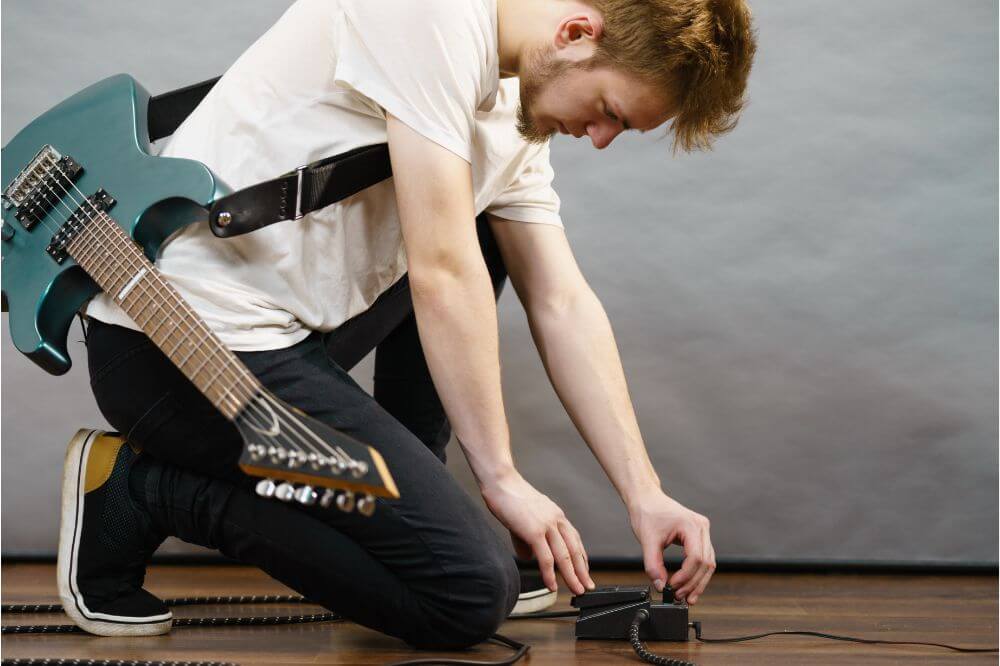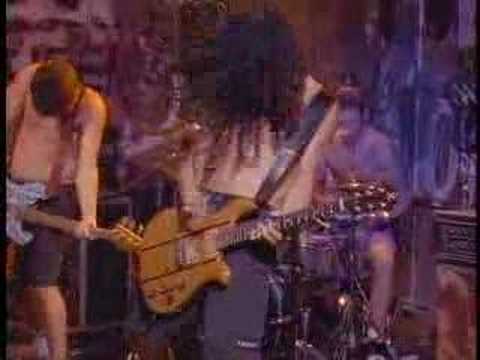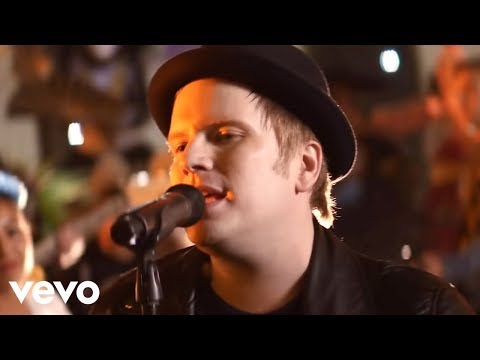Are you looking to get the perfect sound out of your guitar? If so, you need to learn how to set up guitar pedals. This can be a daunting task, but it is well worth it in the end. In this blog post, we will walk you through the process of setting up your guitar pedals and help you create the perfect sound for your music!
What are guitar pedals and why do you need them?
A guitar pedal is a small, self-contained unit that alters the sound of your guitar in some way. The most common type of pedal is the overdrive pedal, which gives your guitar a distorted, “crunchy” sound. However, there are also pedals that can simulate different types of amps, add reverb or delay, and even change the pitch of your guitar.
While you can get by without pedals, they provide a wide range of sonic possibilities that can help to take your playing to the next level. In addition, they can also be a lot of fun to experiment with.
Whether you’re looking for a new sound or just want to add some variety to your playing, pedal are an essential part of any guitarists toolkit.
How to set up a pedal board
When setting up a pedal board, the first step is to gather all of the necessary pedals. There are many different types of pedals available, ranging from volume and tone controls to modulation effects like delay and reverb.
When choosing pedals for your board, you should look for models that are compact and easy to integrate into your setup. It’s also important to consider how strong the signal from each individual pedal will be, as weak signals can lead to feedback issues down the line.
Once you’ve gathered all of your pedals, you can begin the process of connecting them together. This is usually done using patch cables, which plug into each pedal in order to pass along your signal. However, it’s important not to simply cobble together a bunch of cables without taking care to space them out properly and avoid too much clutter on the board.
Depending on your setup and style preferences, you may also want to consider injecting some visual interest into your pedal board by adding effect light strips or other decorative touches.
Ultimately, with a bit of planning and organization, you can easily set up an efficient and effective pedal board that will allow you to achieve great sounds without any need for external amplification equipment.

The order of the pedals
When it comes to using pedals on your guitar, there is no one right way to arrange them. Some guitarists prefer to start with distortion and end with a compressor, while others might prefer to put modulation effects like flangers and phasers towards the back of the chain.
Ultimately, what matters most when it comes to arranging your pedals is that you find a setup that works for you. With the right arrangement of pedals, you can craft an absolutely killer sound that really brings out the best in your playing and helps you stand out from the crowd.
So don’t be afraid to experiment with different pedal orders and configurations until you find something that feels just right! With time, patience, and a little persistence, you’ll have no trouble putting together the perfect pedal board tailored exactly to your needs and preferences.
Tips for getting the perfect sound
To get the perfect sound from your guitar pedals, there are a few key things to keep in mind.
First and foremost, you should be sure to experiment with different configurations and settings. Each pedal will have its own unique range of effects that you can achieve by changing various knobs or sliders on the interface. Additionally, you should always make sure that your pedals are properly powered and connected.
Whether you’re using a standard 9-volt battery or an external power supply, it’s crucial to ensure that the voltage levels are sufficient for all of your effects to work properly.
Finally, it’s important to take the time to learn how each individual effect operates and interacts with other pedals on your board. With some practice and experimentation, you’ll soon find yourself producing sounds like a pro!
Troubleshooting common problems
When it comes to using guitar pedals, there are a number of common problems that you may encounter.
One of the most common issues is that your pedal simply isn’t working properly. This can be caused by a variety of factors, such as a malfunctioning power supply or damaged wiring within the pedal itself.
Another problem that you may encounter when working with guitar pedals is overtaxing the power supply by using too many pedals at once.
Finally, it’s important to keep in mind that pedals work best when they’re used with other effects that complement their intended use. By being mindful of these potential pitfalls, you can more easily troubleshoot any problems that arise and get back to creating great music with your favorite guitar pedals.
Conclusion
Guitar pedals are a great way to enhance your sound and create unique effects that really make you stand out from the crowd.
With a little bit of planning and care, you can easily put together the perfect pedal board to suit your needs. Just remember to experiment with different settings and configurations until you find something that sounds just right!
And if you ever run into any problems, don’t hesitate to troubleshoot and find a solution that works best for you. With a little bit of patience and practice, you’ll be crafting killer guitar tones in no time!




















